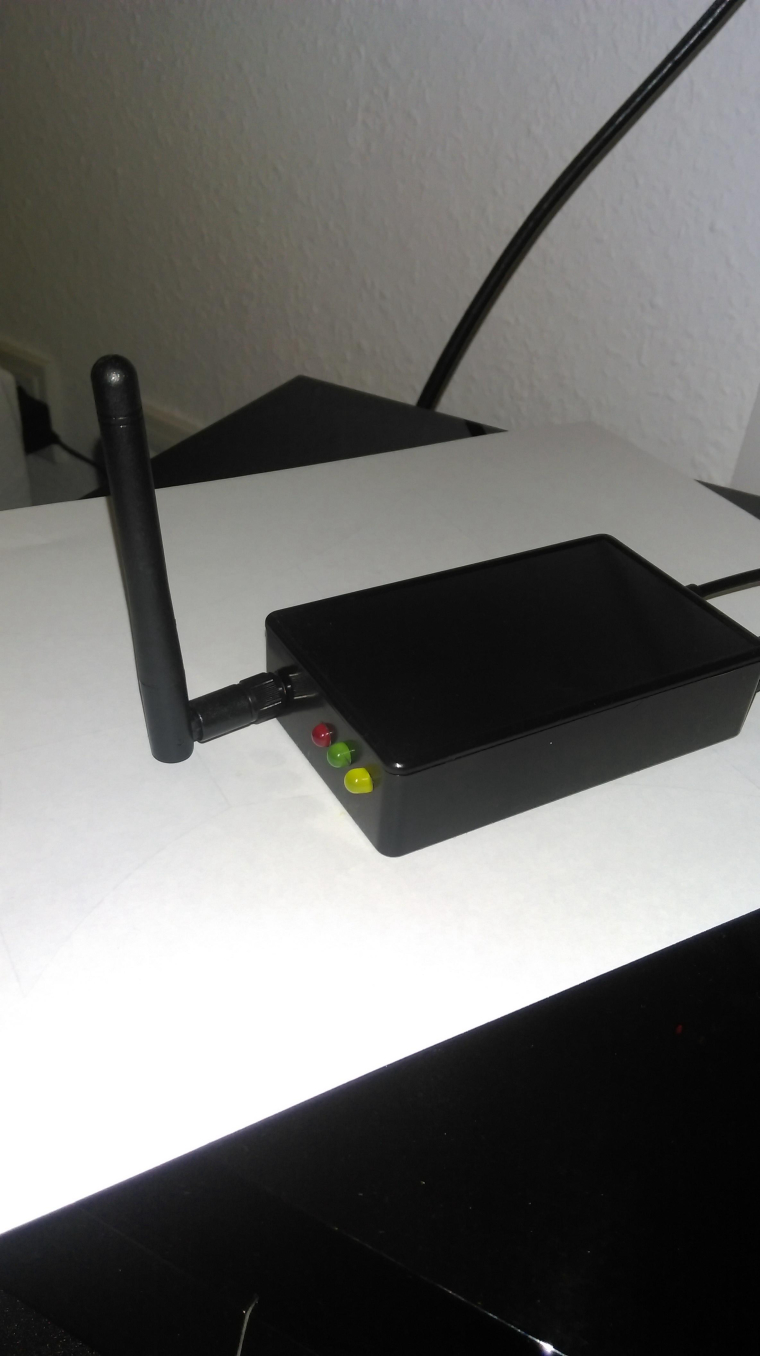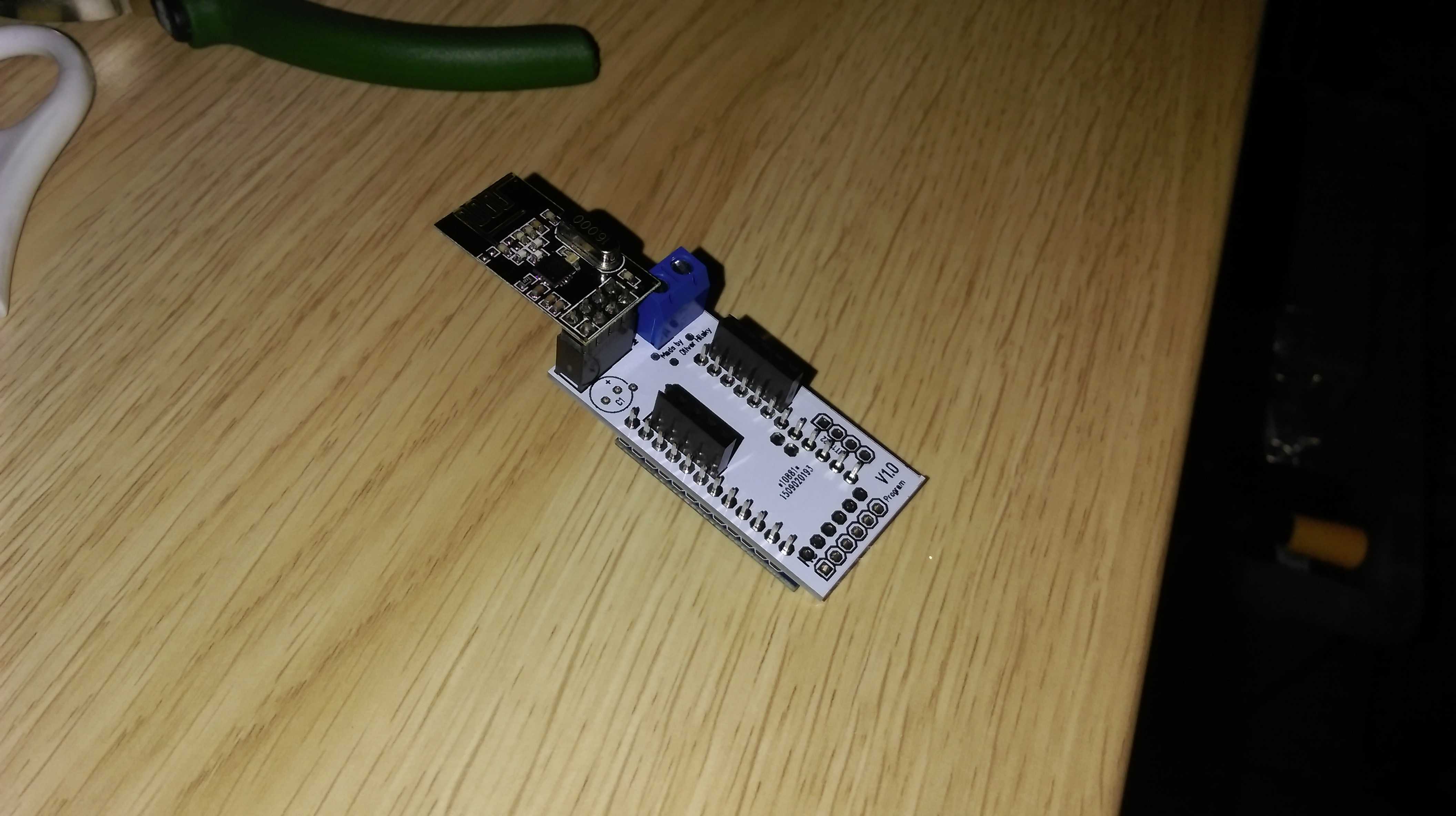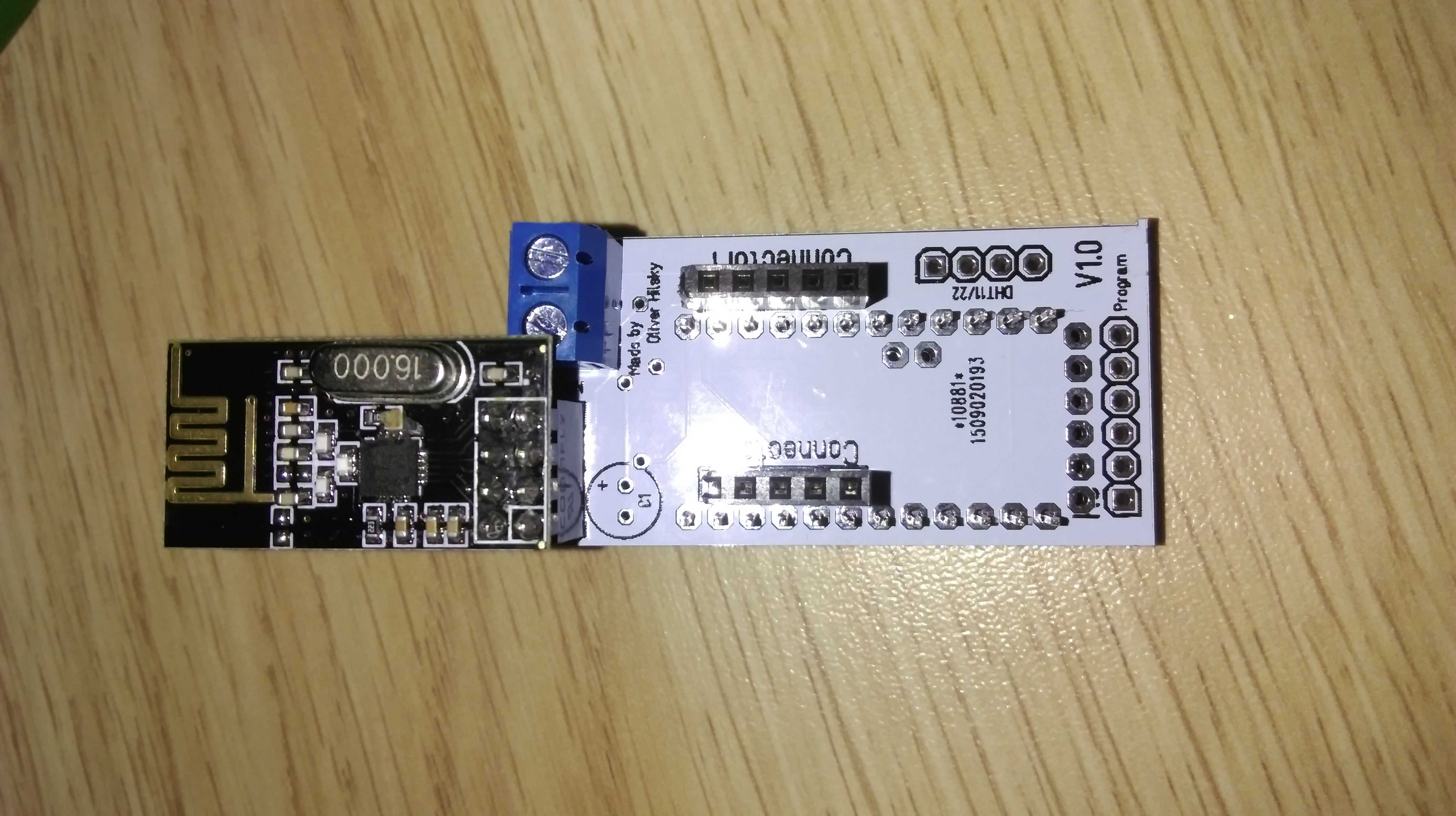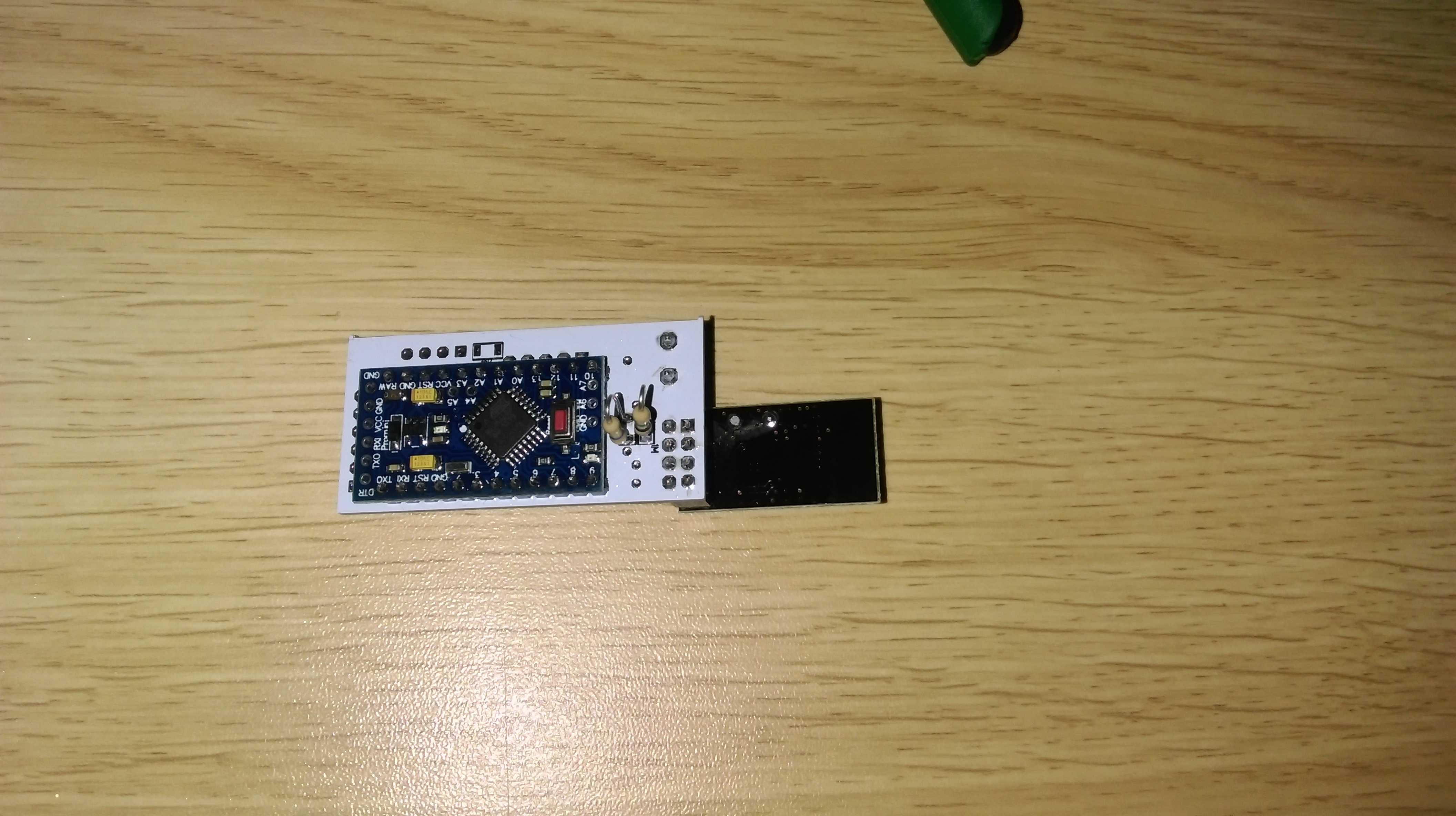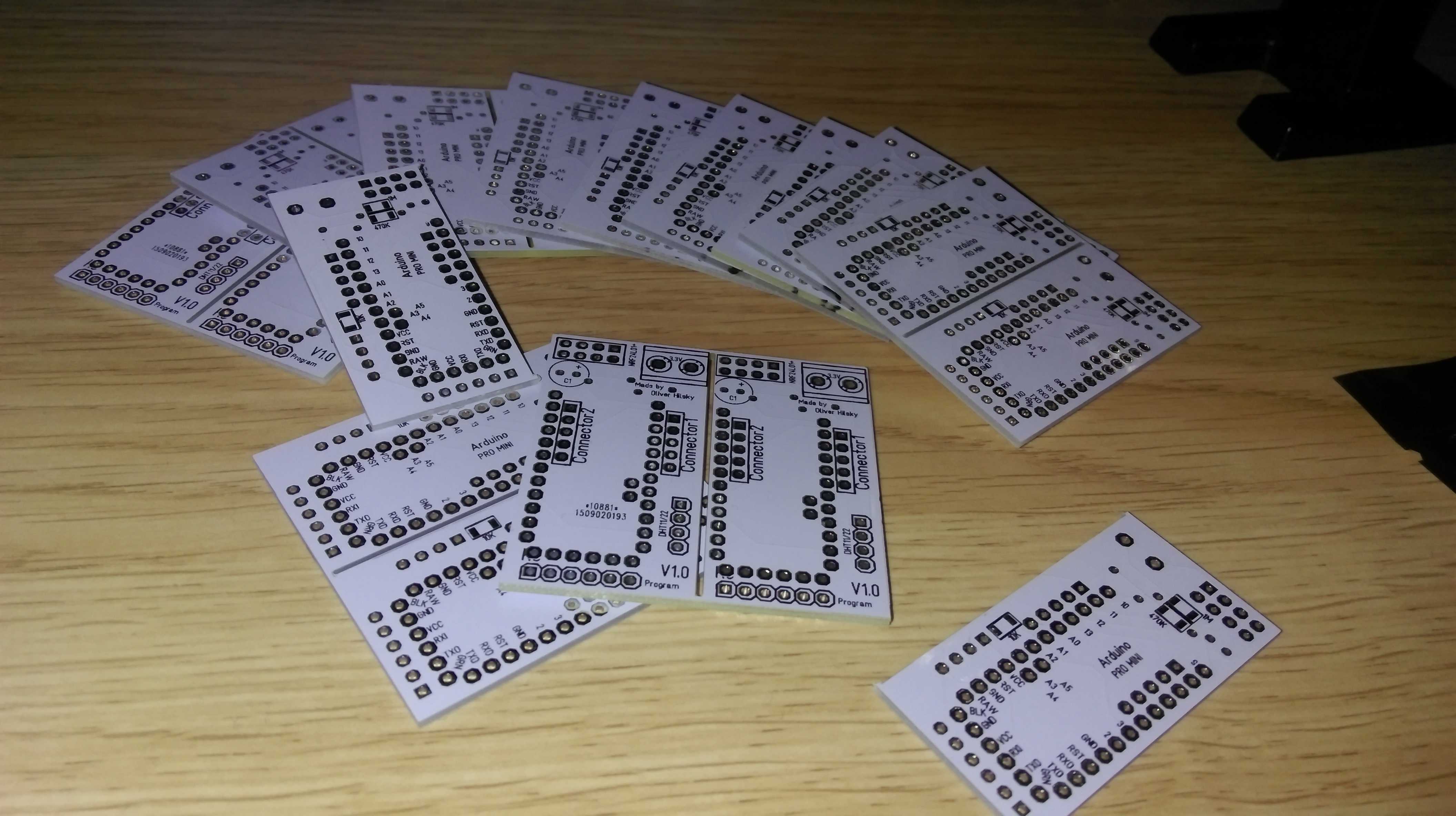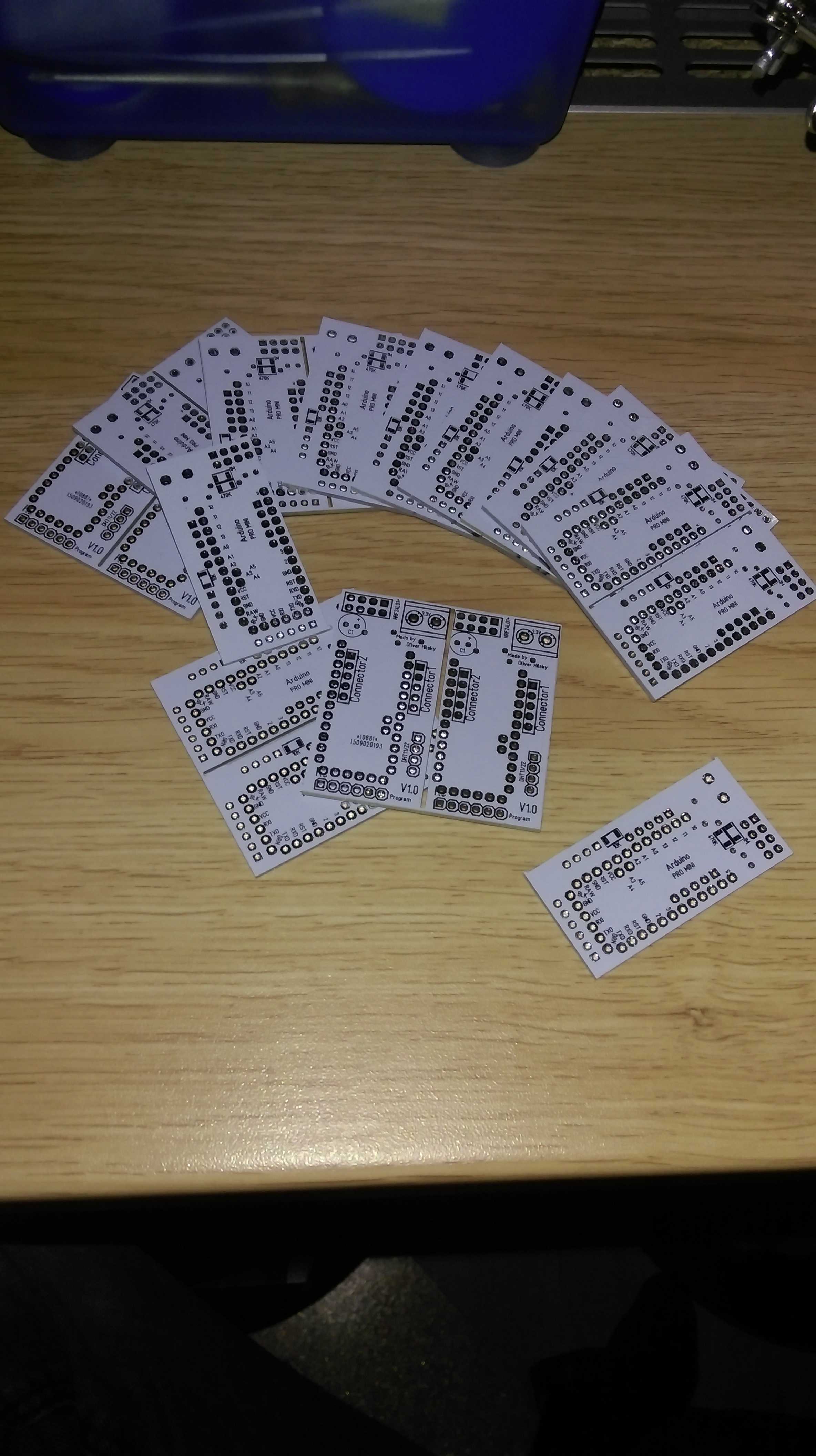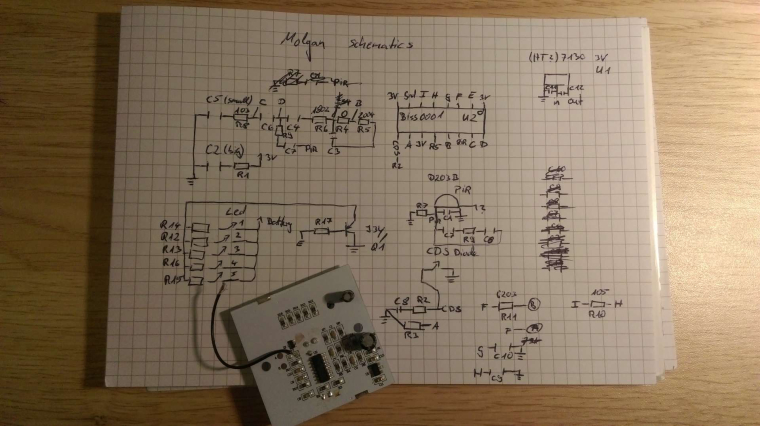@rsachoc Yes, I actually just tried it out and its working.
Here is my code for now (just for testing):
I basically just switched libraries
/* Sketch with Si7021 and battery monitoring.
by m26872, 20151109
Changed by LastSamurai
15052016
*/
#include <MySensor.h>
#include <Wire.h>
#include <SPI.h>
#include <SparkFunHTU21D.h>
#include <RunningAverage.h>
//#define DEBUG
#ifdef DEBUG
#define DEBUG_SERIAL(x) Serial.begin(x)
#define DEBUG_PRINT(x) Serial.print(x)
#define DEBUG_PRINTLN(x) Serial.println(x)
#else
#define DEBUG_SERIAL(x)
#define DEBUG_PRINT(x)
#define DEBUG_PRINTLN(x)
#endif
#define NODE_ID 100 // <<<<<<<<<<<<<<<<<<<<<<<<<<< Enter Node_ID
#define CHILD_ID_TEMP 0
#define CHILD_ID_HUM 1
// #define SLEEP_TIME 15000 // 15s for DEBUG
#define SLEEP_TIME 300000 // 5 min
#define FORCE_TRANSMIT_CYCLE 36 // 5min*12=1/hour, 5min*36=1/3hour
#define BATTERY_REPORT_CYCLE 2016 // Once per 5min => 12*24*7 = 2016 (one report/week)
#define VMIN 1900
#define VMAX 3300
#define HUMI_TRANSMIT_THRESHOLD 3.0 // THRESHOLD tells how much the value should have changed since last time it was transmitted.
#define TEMP_TRANSMIT_THRESHOLD 0.5
#define AVERAGES 2
int batteryReportCounter = BATTERY_REPORT_CYCLE - 1; // to make it report the first time.
int measureCount = 0;
float lastTemperature = -100;
int lastHumidity = -100;
RunningAverage raHum(AVERAGES);
HTU21D humiditySensor;
MySensor gw;
MyMessage msgTemp(CHILD_ID_TEMP,V_TEMP); // Initialize temperature message
MyMessage msgHum(CHILD_ID_HUM,V_HUM);
void setup() {
DEBUG_SERIAL(9600); // <<<<<<<<<<<<<<<<<<<<<<<<<< Note BAUD_RATE in MySensors.h
DEBUG_PRINTLN("Serial started");
DEBUG_PRINT("Voltage: ");
DEBUG_PRINT(readVcc());
DEBUG_PRINTLN(" mV");
delay(500);
DEBUG_PRINT("Internal temp: ");
DEBUG_PRINT(GetInternalTemp()); // Probably not calibrated. Just to print something.
DEBUG_PRINTLN(" *C");
delay(500); // Allow time for radio if power useed as reset
gw.begin(NULL, NODE_ID);
gw.sendSketchInfo("TempHumTest2", "1.0 17052016");
gw.present(CHILD_ID_TEMP, S_TEMP); // Present sensor to controller
gw.present(CHILD_ID_HUM, S_HUM);
DEBUG_PRINT("Node and "); DEBUG_PRINTLN("2 children presented.");
raHum.clear();
humiditySensor.begin();
}
void loop() {
measureCount ++;
batteryReportCounter ++;
bool forceTransmit = false;
if (measureCount > FORCE_TRANSMIT_CYCLE) {
forceTransmit = true;
}
sendTempHumidityMeasurements(forceTransmit);
/*
// Read and print internal temp
float temperature0 = static_cast<float>(static_cast<int>((GetInternalTemp()+0.5) * 10.)) / 10.;
DEBUG_PRINT("Internal Temp: "); DEBUG_PRINT(temperature0); DEBUG_PRINTLN(" *C");
*/
// Check battery
if (batteryReportCounter >= BATTERY_REPORT_CYCLE) {
long batteryVolt = readVcc();
DEBUG_PRINT("Battery voltage: "); DEBUG_PRINT(batteryVolt); DEBUG_PRINTLN(" mV");
uint8_t batteryPcnt = constrain(map(batteryVolt,VMIN,VMAX,0,100),0,255);
DEBUG_PRINT("Battery percent: "); DEBUG_PRINT(batteryPcnt); DEBUG_PRINTLN(" %");
gw.sendBatteryLevel(batteryPcnt);
batteryReportCounter = 0;
}
gw.sleep(SLEEP_TIME);
}
// function for reading Vcc by reading 1.1V reference against AVcc. Based from http://provideyourown.com/2012/secret-arduino-voltmeter-measure-battery-voltage/
// To calibrate reading replace 1125300L with scale_constant = internal1.1Ref * 1023 * 1000, where internal1.1Ref = 1.1 * Vcc1 (per voltmeter) / Vcc2 (per readVcc() function)
long readVcc() {
// set the reference to Vcc and the measurement to the internal 1.1V reference
ADMUX = _BV(REFS0) | _BV(MUX3) | _BV(MUX2) | _BV(MUX1);
delay(2); // Wait for Vref to settle
ADCSRA |= _BV(ADSC); // Start conversion
while (bit_is_set(ADCSRA,ADSC)); // measuring
uint8_t low = ADCL; // must read ADCL first - it then locks ADCH
uint8_t high = ADCH; // unlocks both
long result = (high<<8) | low;
result = 1125300L / result; // Calculate Vcc (in mV); 1125300 = 1.1*1023*1000
return result; // Vcc in millivolts
}
// function for reading internal temp. From http://playground.arduino.cc/Main/InternalTemperatureSensor
double GetInternalTemp(void) { // (Both double and float are 4 byte in most arduino implementation)
unsigned int wADC;
double t;
// The internal temperature has to be used with the internal reference of 1.1V. Channel 8 can not be selected with the analogRead function yet.
ADMUX = (_BV(REFS1) | _BV(REFS0) | _BV(MUX3)); // Set the internal reference and mux.
ADCSRA |= _BV(ADEN); // enable the ADC
delay(20); // wait for voltages to become stable.
ADCSRA |= _BV(ADSC); // Start the ADC
while (bit_is_set(ADCSRA,ADSC)); // Detect end-of-conversion
wADC = ADCW; // Reading register "ADCW" takes care of how to read ADCL and ADCH.
t = (wADC - 88.0 ) / 1.0; // The default offset is 324.31.
return (t); // The returned temperature in degrees Celcius.
}
/*********************************************
* * Sends temperature and humidity from Si7021 sensor
* Parameters
* - force : Forces transmission of a value (even if it's the same as previous measurement)
*********************************************/
void sendTempHumidityMeasurements(bool force) {
bool tx = force;
float temperature = humiditySensor.readTemperature();
DEBUG_PRINT("T: ");DEBUG_PRINTLN(temperature);
float diffTemp = abs(lastTemperature - temperature);
DEBUG_PRINT(F("TempDiff :"));DEBUG_PRINTLN(diffTemp);
if (diffTemp > TEMP_TRANSMIT_THRESHOLD || tx) {
gw.send(msgTemp.set(temperature,1));
lastTemperature = temperature;
measureCount = 0;
DEBUG_PRINTLN("T sent!");
}
int humidity = humiditySensor.readHumidity();
DEBUG_PRINT("H: ");DEBUG_PRINTLN(humidity);
raHum.addValue(humidity);
humidity = raHum.getAverage(); // MA sample imply reasonable fast sample frequency
float diffHum = abs(lastHumidity - humidity);
DEBUG_PRINT(F("HumDiff :"));DEBUG_PRINTLN(diffHum);
if (diffHum > HUMI_TRANSMIT_THRESHOLD || tx) {
gw.send(msgHum.set(humidity));
lastHumidity = humidity;
measureCount = 0;
DEBUG_PRINTLN("H sent!");
}
}

